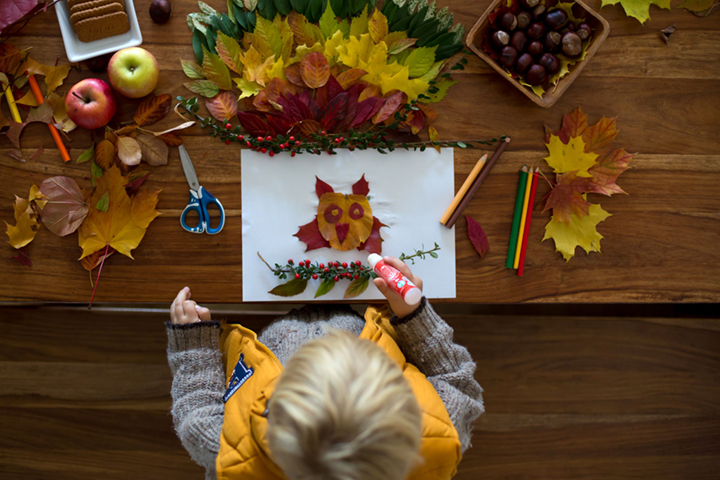
Collect items from nature to explore, learn from, and create with.
In the fall, Ms. R.’s Kindergarten learners began many of their school days outside collecting natural treasures as a class. As they explored their interests and collected these treasures, Ms. R. documented their inquiry and many of their comments or wonderings through video or pictures or in her notebook to help guide their classroom focus areas. Questions like What if we pick flowers and water them? What is inside a pine cone? Which tree has more shade? Why are the leaves red? What is under the sand? often became springboards for a classroom focus.
During their morning meeting, they then discussed where their newfound treasures all best belonged in the classroom. Should they be incorporated into the math centre, science centre, literacy centre, or art studio? As a class, they developed criteria to help guide their decisions. They also discussed how the items were alike or different and made connections to past experiences. After that, centre time options included using the natural treasures to investigate inquiry questions; to create works of art; to count, sort, and pattern; or to inspire writing and dramatic play as learners explored whatever way they wanted to experience the materials and share their learning. This exploration time was done independently or along with classmates to achieve a specific goal.
Each morning wrapped up with a Knowledge Building Circle* serving to both honour the work that had been done through the morning exploration and to bring individual ideas to the rest of the classroom community, where they might find more connections, build on each other’s ideas, and deepen the relationship to the broader whole class inquiry.
*Knowledge Building Circle refers to the seating configuration of learners as they engage in learning.